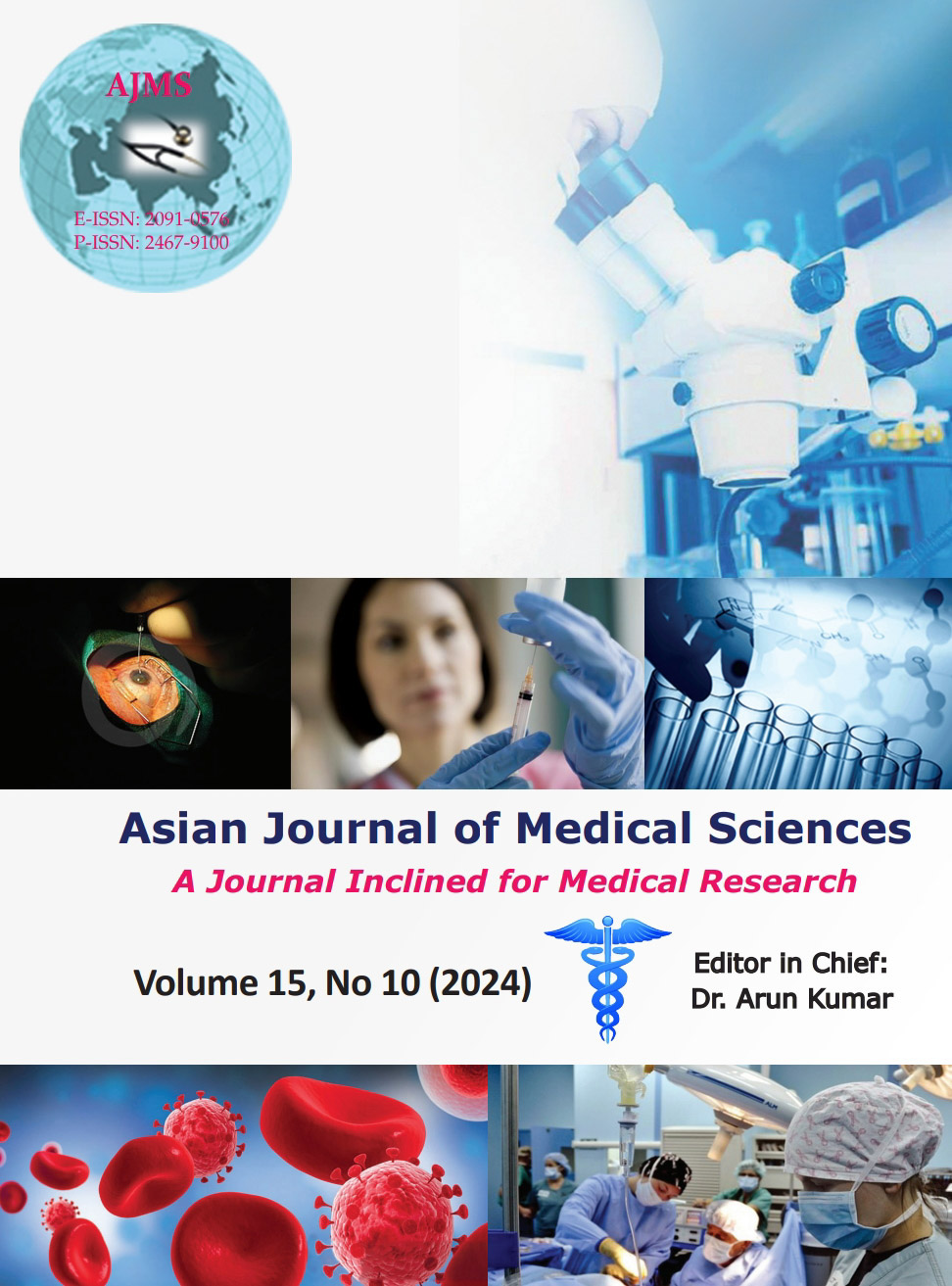Impact of slouching on heart rate variability and cardiovascular health among medical students
Keywords:
Heart rate; Posture; Medical students; Autonomic nervous systemAbstract
Background: Medical students frequently adopt poor postures such as slouching potentially impacting health. Heart rate variability (HRV) serves as an indicator of autonomic nervous system function, correlated with cardiovascular health.
Aims and Objectives: The objective of the study was to compare HRV parameters among medical students in three postures: Sitting erect, easy pose (cross-legged), and slouching (stooping head and shoulders).
Materials and Methods: A comparative cross-sectional study enrolled 26 male medical students. Participants were instructed to maintain each posture for 5 min while HRV was recorded using a Polar V800. Time domain and frequency domain parameters among different postures were analyzed using Friedman’s test and post hoc tests for pairwise comparisons. P<0.05 was considered significant. Data were expressed as median interquartile range.
Results: Significant differences were observed in HRV parameters between postures. The easy pose demonstrated a significantly higher median value of root mean square of differences of successive RR intervals (48.28 ms vs. 35.35 ms) and pNN50% (24.40% vs. 13.62%) compared to slouching. Frequency domain analysis revealed a significantly higher median value of high-frequency (HF) power in easy pose (626.56 ms² vs. 378.15 ms²) and HF normalized unit (33.78 vs. 22.55) compared to slouching. A lower low frequency (LF)/HF ratio and (1.96 vs. 3.43) lower LF normalized unit (66.18 vs. 77.30) was also seen in easy pose. Although statistically not significant, the parasympathetic indicators of HRV were higher in erect sitting compared to slouching posture.
Conclusion: Among medical students, adopting the easy pose (cross-legged sitting) appeared to enhance HRV and thus increase parasympathetic activity, whereas adopting slouching postures decreased it.
Downloads
Downloads
Published
How to Cite
Issue
Section
License
Copyright (c) 2024 Asian Journal of Medical Sciences

This work is licensed under a Creative Commons Attribution-NonCommercial 4.0 International License.
Authors who publish with this journal agree to the following terms:
- The journal holds copyright and publishes the work under a Creative Commons CC-BY-NC license that permits use, distribution and reprduction in any medium, provided the original work is properly cited and is not used for commercial purposes. The journal should be recognised as the original publisher of this work.
- Authors are able to enter into separate, additional contractual arrangements for the non-exclusive distribution of the journal's published version of the work (e.g., post it to an institutional repository or publish it in a book), with an acknowledgement of its initial publication in this journal.
- Authors are permitted and encouraged to post their work online (e.g., in institutional repositories or on their website) prior to and during the submission process, as it can lead to productive exchanges, as well as earlier and greater citation of published work (See The Effect of Open Access).




